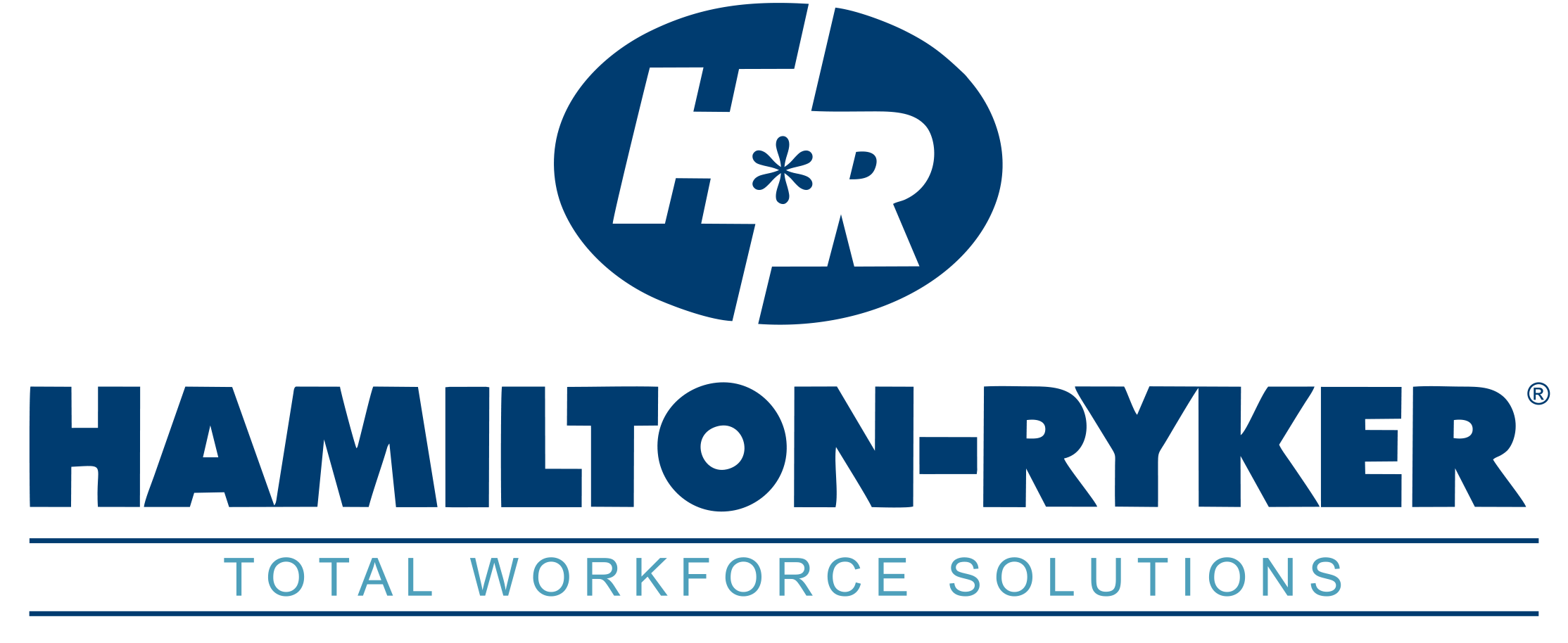Workplace Safety Tips: Working in Small Spaces
Many construction tasks take place in tight, confined spaces. With so little room to maneuver, workers may be tempted to take certain shortcuts when it comes to safety – especially when following safety protocols seems difficult or complicated inside the small space.
Approximately 92 workers in the US die every year in confined space accidents, according to the Bureau of Labor Statistics. Here’s how to approach work in small spaces in a way that allows construction teams to get the job done without compromising their safety.
1. Expand Your Definition of “Confined Space.”
Many workers think of a “confined space” as one barely big enough for a single human being to enter. In fact, many relatively large buildings, like silos, tanks, railway cars, and tunnels also qualify as confined spaces.
A confined space poses additional risks anytime it has limited or restricted entries and exits and is not designed for humans to occupy it for more than a temporary period. The limited means of entry and exit, combined with the lack of design for humans, pose risks.
2. Understand the Most Common Hazards in Confined Spaces.
While the particular dangers of a confined space depend on that unique space, certain risks are more likely in any confined space. They include poor air quality, fire hazards, chemical or other contaminants, temperature extremes, and the risk of collapse or flooding.
Always examine a confined space carefully before entering it. Identify the most likely risks in this particular space and address them properly.
3. Know Your Safety Tools and Requirements for Confined Spaces.
Many safety processes, tools, and requirements can help workers stay safer in confined spaces. But workers cannot improve their own safety if they are unaware of which methods they can use.
Study the OSHA standards for confined spaces. Learn about features like permit-required confined spaces, tools for testing atmospheric conditions, and methods for entering, exiting and performing emergency rescues in different types of confined spaces.
This knowledge can help you protect yourself and others on the worksite. It can also make you more valuable to employers who seek safety-minded workers.
Find Your Next Hire Today!
At Hamilton Ryker, our recruiters help construction workers and skilled trades workers find jobs with great employers. Contact us today to learn more.

